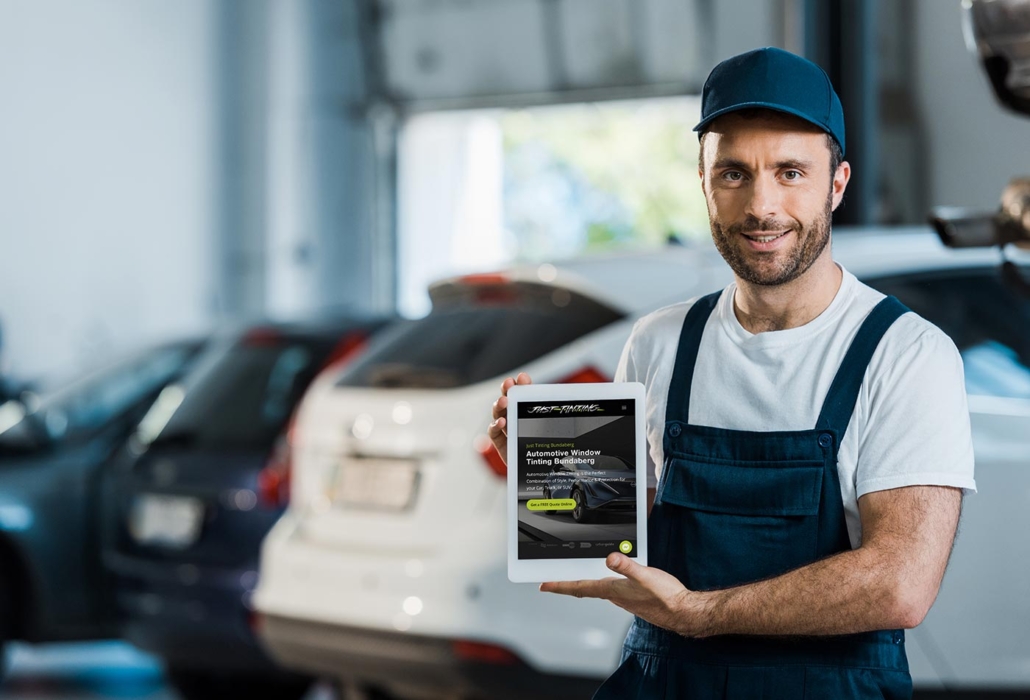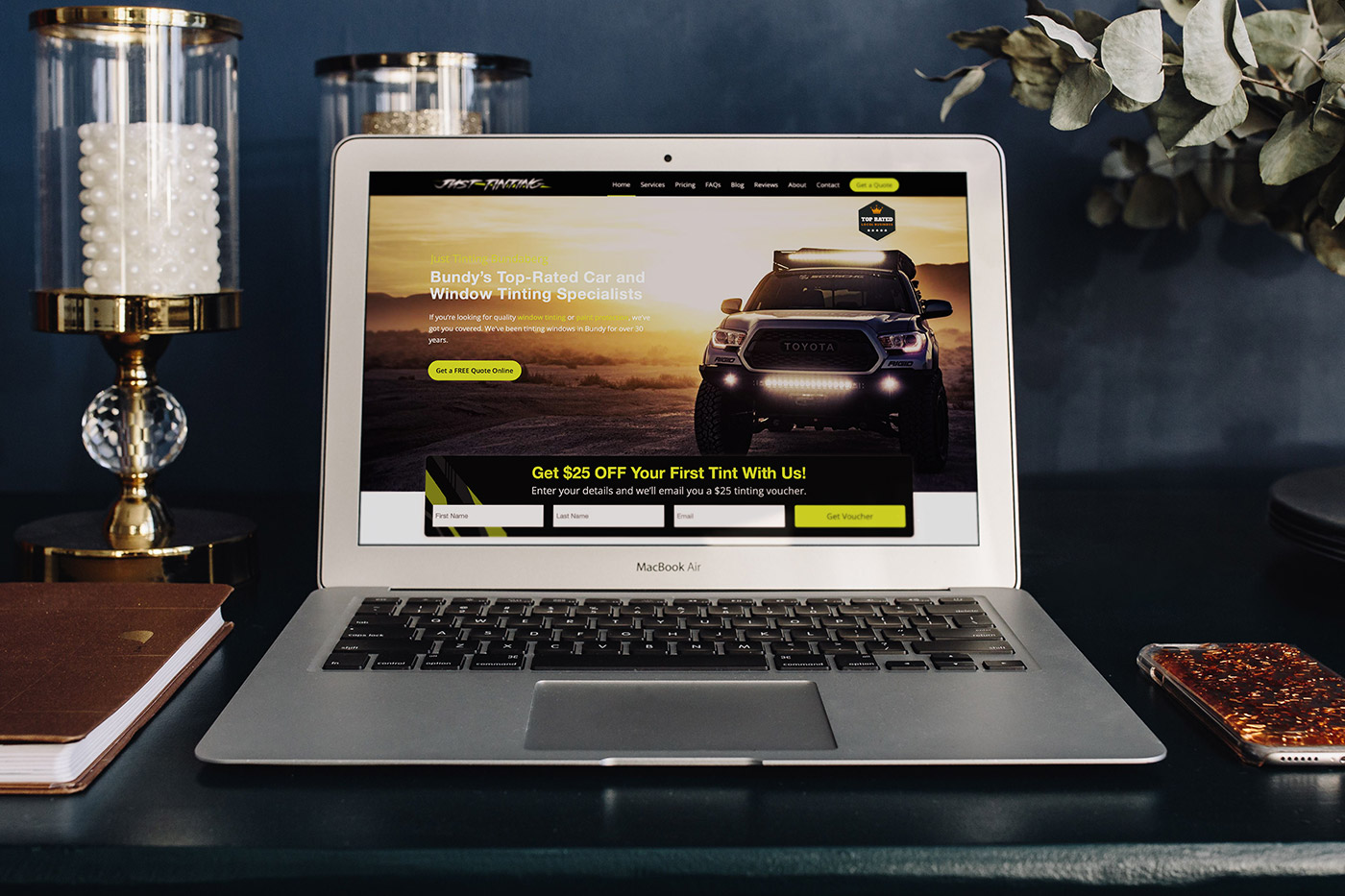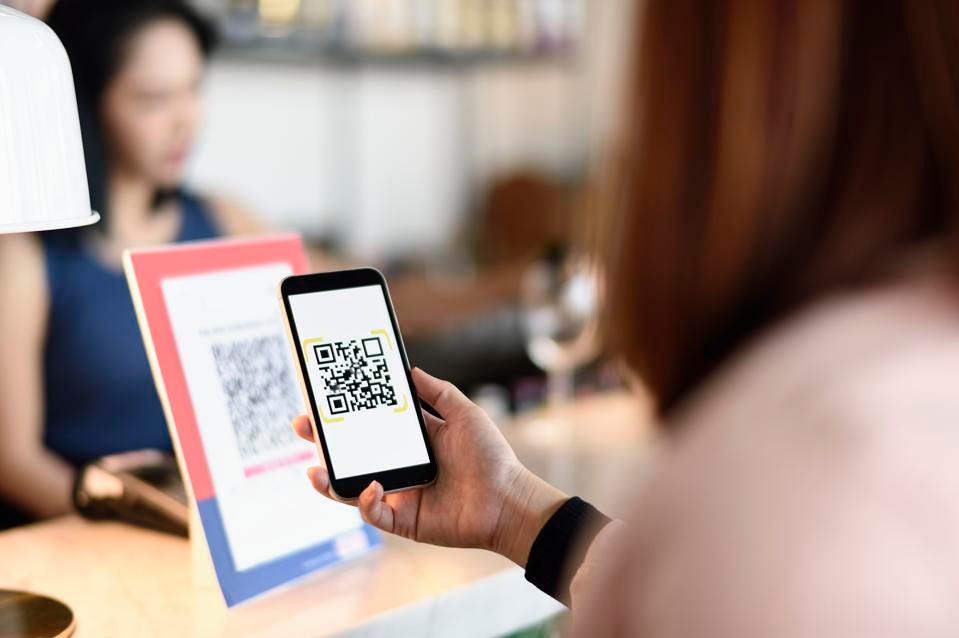Recently, I had a conversation with the owner of an eyelash extensions salon in Sydney who asked me for the best ways to market her business. But when I mentioned email marketing as a strategy, she looked at me stunned. “Aren’t emails dead?”, she asked.
The answer is, far from it! To this day, email marketing remains one of the most effective (and profitable) ways to reach your target audience. In fact, it’s never been more important for small business owners to focus on building their email marketing list than in 2025. Here are 5 reasons why.
1. You Own The Data And Stay in Control
Many business owners are under the impression that a Facebook or Instagram page is enough nowadays as a marketing strategy. And while I agree that they provide a fantastic opportunity to grow your audience, no business should solely rely on social media.
Facebook has already made drastic changes to the way your content is distributed. Have you noticed that your reach has decreased significantly over the last few years? Even if your page has thousands of followers, that doesn’t mean you can reach them. Only about 5-10% will actually see your posts.
The reason is that Facebook and Instagram are in the business of advertising. So, if you operate a business page, of course they want you to pay for your content to reach more people. That means it’s really out of your control.
As a business owner, you always want to minimise risks and putting too much power in the hand of social media companies is a risky move. Your email list, however, is completely owned by you, not Meta.
2. Email Marketing Delivers Personalised Experiences
One of the biggest benefits of email marketing is that it allows you to create personalised customer journeys. When you send an email to your list, you’re not just reaching out to everyone on that list – you’re targeting each contact personally. This means that you can connect with your customers on a more personal level, creating a stronger connection and building trust.
Think about it this way: If a business sends you an email and all they say is, “Hey, thanks for subscribing!” – chances are that you find it rather impersonal. But if they send you an email that’s personalised and tailored specifically to your interests, then you’re much more likely to read and respond.
Especially in small businesses, this can have a huge effect on how their business is perceived. Making use of email automation is very much like cloning yourself multiple times. You can send all your leads and customers the right message at the right time. And in marketing, timing is everything.
3. Email Marketing Allows You to Build Long-Term Relationships with Customers
Another great benefit of email marketing is that it can be used to establish long-term relationships with your customers. This builds trust and keeps your customers coming back – which is essential for small businesses on a budget.
Email is the ideal medium to onboard new customers using a series of short messages to introduce them to your services, your team and all the other benefits your business provides. It’s also a great way to introduce existing customers to products and services they haven’t tried before. This will also increase your chances of building repeat business, improving retention – like we did for this Brisbane Dance Studio – and increasing your overall sales.
4. Email Marketing Can Be Used To Drive Traffic To Your Website (Or Wherever You Want It)
One of the best ways to drive traffic to your website is through email marketing. Having people join your mailing list, means you can reach out to them again and again at virtually no cost. This means that you can send them new content and updates regularly, driving traffic back to your website, to specific offers, to your other social media channels and more.
Moreover, it allows you to invite customers to leave a review for your business on Google and Facebook, which is a fantastic way to enhance your reputation online and improve your Google rankings.
With all these benefits, email marketing should no longer be an option, but an absolute must-have for any small business owner who is serious about growing their business.
5. Your Email Marketing Strategy Can Be Fully Automated
To me, the real benefit of implementing an email marketing strategy is that it can be completely automated. That means it’s not another thing you, as the business owner, have to manage or worry about. It’s something you can set and forget.
Marketing automation is often overlooked and undervalued.
As a marketing consultant, I help business owners all over Australia implement effective, fully automated marketing strategies that free up their time, budget and headspace.
If you would like to have a chat about your business and how we can use email marketing and other automation tools to help you scale, click here to book a free strategy call with me today.

 FlySocial Digital
FlySocial Digital FlySocial Digital
FlySocial Digital
 FlySocial Digital
FlySocial Digital

